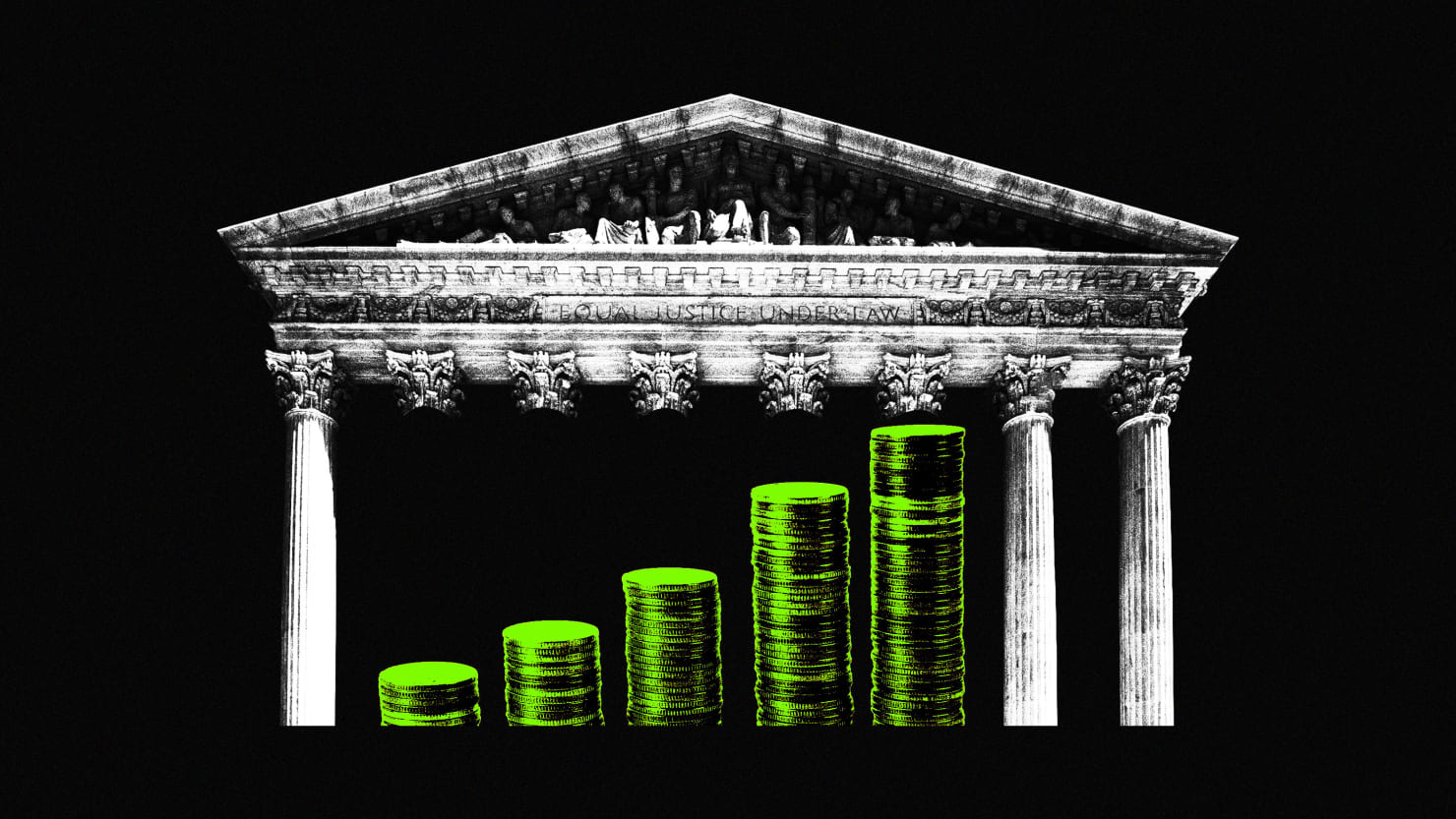Maybe Chief Justice John Roberts should change his title to Chief Social Engineer in light of the Supreme Court’s insistence on telling Americans how they should live. Today’s 6-3 striking down of President Joe Biden’s federal student loan forgiveness plan is the latest example of the high court’s steady expansion of its authority.
At issue in the two cases decided by the Court today was President Biden’s desire to continue the relief afforded to student loan borrowers by a pause in student loan repayments under the Higher Education Relief Opportunities for Students law (“HEROES Act”), by having the Secretary of Education forgive student loan debt amounting to some $400 billion dollars.
Two plaintiffs challenged the plan to forgive this amount, which would have benefitted 40 million Americans.
The first group of plaintiffs were two borrowers who did not qualify for relief. The Court rejected these two borrowers’ claims as lacking the standing to bring a challenge.
The second group of plaintiffs comprised six Republican states. The Court decided those states had proper standing to bring the challenge, overlooking such issues as the fact that the Missouri state agency tasked with administering student loans did not join the lawsuit. In fact, internal emails from that agency—the Missouri Higher Education Loan Authority (MOHELA)—indicate that its own employees were baffled by the Missouri attorney general’s argument that MOHELA was harmed by the loan forgiveness plan.
The Justice Department had also green-lit the plan after preparing a legal memorandum concluding that the HEROES Act authorized the Secretary of Education to “waive or modify any statutory or regulatory provision applicable to” the federal student loan program.
Undeterred by such inconvenient facts and legal analysis, Chief Justice Roberts authored a majority opinion finding that the Biden administration was committing a separation of powers constitutional violation by having its Education Department modify or waive regulations pertaining to federal education loans.
The 6-3 vote was in strict conformity with ideology and party affiliation—as all six conservative justices (Roberts, Barrett, Gorsuch, Kavanaugh, Scalia, Thomas) joined the majority while the three liberal justices (Jackson, Kagan, Sontamayor) dissented.
“…the high court expresses its disdain for the realities faced by working people and substitutes its ideas of what is best for society…”
At the heart of Roberts’ legal reasoning was his attack on the Secretary of Education’s ability to “modify” and “waive” regulations relating to federal student loans. Reasoning that the federal student loan program was a creation of Congress, Roberts had to conclude first that the Secretary Education was not merely “modifying” the student loan program, but writing laws.
To do this, the chief justice relied upon the non-legal definition in Webster’s Third New International Dictionary (2002) which defines “modify” as “making more temperate and less extreme.”
Unsurprisingly, Roberts concluded that forgiving the debt of 40 million Americans—amounting to some $400 billion—exceeds the Webster’s dictionary definition of “modify,” even though the total federal student loan debt owed by Americans is about $1.6 trillion.
Also unsurprisingly, Roberts did not rely upon plain English definitions of “waiver” to attack the Education Department’s ability to waive loan repayments. That definition is “to relinquish (something, such as a legal right) voluntarily.” But since that definition would not have helped his conclusion, Roberts instead relied upon legal precedent reining in executive powers.
In so doing, he added on to the list of cases in which SCOTUS has asserted itself as being the body that gets to decide issues for the executive branch. It has overruled the EPA on climate change regulations and overruled the CDC on vaccine requirements and eviction moratoriums.
The decision also overlooks the fact that those who would most benefit from this relief are borrowers whose total indebtedness would have been wiped out by the forgiveness. Many of those borrowers are also the ones who struggle the most with student debt, often facing situations like needing advanced degrees to advance in the work force and having been victimized by predatory for-profit institutions who lured them into student debt.
In short, the high court expresses its disdain for the realities faced by working people and substitutes its ideas of what is best for society, in lieu of institutions like the Education Department that are actually tasked with educational policies.
SCOTUS’s increasing boldness in showing off its elitist mentality is also evident in Roberts’ odd choice of analogies in his opinion. Like his colleague, Justice Alito (who reached back to the 17th century to rely upon the reasoning of the English witch-hunting jurist Matthew Hale), Roberts also reached back to earlier centuries for an analogy to what the 21st century U.S. Department of Education sought to do.
Opined Chief Justice Roberts: “the Secretary’s plan ‘modified’ the cited provisions only in the same sense that French Revolution ‘modified’ the state of the French nobility—it has abolished them and supplanted them with a new regime entirely.”
The chief justice misses the irony in his own analogy. Today, it is the United States Supreme Court that takes it upon itself to abolish the authority of the executive branch and supplant it with a regime of unreviewable judicial authority.

